
Before statehood in 1907 to present day, Oklahoma women have endured, survived, contributed and thrived. Often seen as the caretakers of their families, indigenous, African American and pioneering women have been just as adventurous as the men with whom they worked alongside, living in an untamed territory. Scraping out a place to call home in early Oklahoma was not an easy task, as women and men both faced hardships while working the fields or trying to establish a business on a new frontier.
In 1890, a women's suffrage movement began when women desired a right to vote, and in 1906, women were granted the right to vote in school elections. In 1918, Oklahoma became the 21st state to grant women the right to vote in all elections.
Women have played a part in Oklahoma's politics even before they had the ability to vote. Catherine Ann "Kate" Barnard, a teacher, was the first woman elected as a state official, named commissioner of charities and corrections in 1907. In 1920, Amelia Elizabeth "Bessie" McColgin became the first woman elected to the Oklahoma House of Representatives. And in 2011, Mary Fallin became Oklahoma's first female governor.
Oklahoma's history has laid out obstacles and triumphs for women. The Dust Bowl of the 1930s brought economic and physical hardships as part of the state suffered drought and barren landscapes. In the 1940s, women stepped in to support the sale of war bonds and began building aircraft as real "Rosie the Riveters." During the 1960s, strong women like Clara Luper, also a teacher, helped lead the Civil Rights movement.
This year, America is commemorating the 100th anniversary of the 19th Amendment, which granted women in every state the right to vote. To mark the occasion, the USA TODAY Network is naming 10 American women from all 50 states, plus the District of Columbia, to recognize their contributions to their respective states and to the country as “Women of the Century.”
The women selected must have a documented track record showing outstanding achievement in areas such as arts and literature, business, civil rights, education, entertainment, law, media, nonprofits and philanthropy, politics, science and medicine or sports. They also must have been alive between 1920 and 2020.
Oklahoma women have become teachers, doctors, tribal chiefs, innovators, activists, philanthropists, mothers, business executives, attorneys, artists, astronauts, ministers, farmers, journalists, scientists and so much more. So picking 10 was not exactly easy for the community leaders who made up the selection panel.
Among those who did not make our final list were political scientist and diplomat Jean Kirkpatrick; entertainer Kristin Chenoweth; law professor Anita Hill; Hannah Atkins, the first Black woman elected to the Oklahoma House of Representatives; and historian Angie Debo.
In the end, Oklahoma’s 10 include female leaders who exhibit a level of resilience to withstand and overcome enormous odds.
Clara Luper
Teacher and activist
(1923-2011)
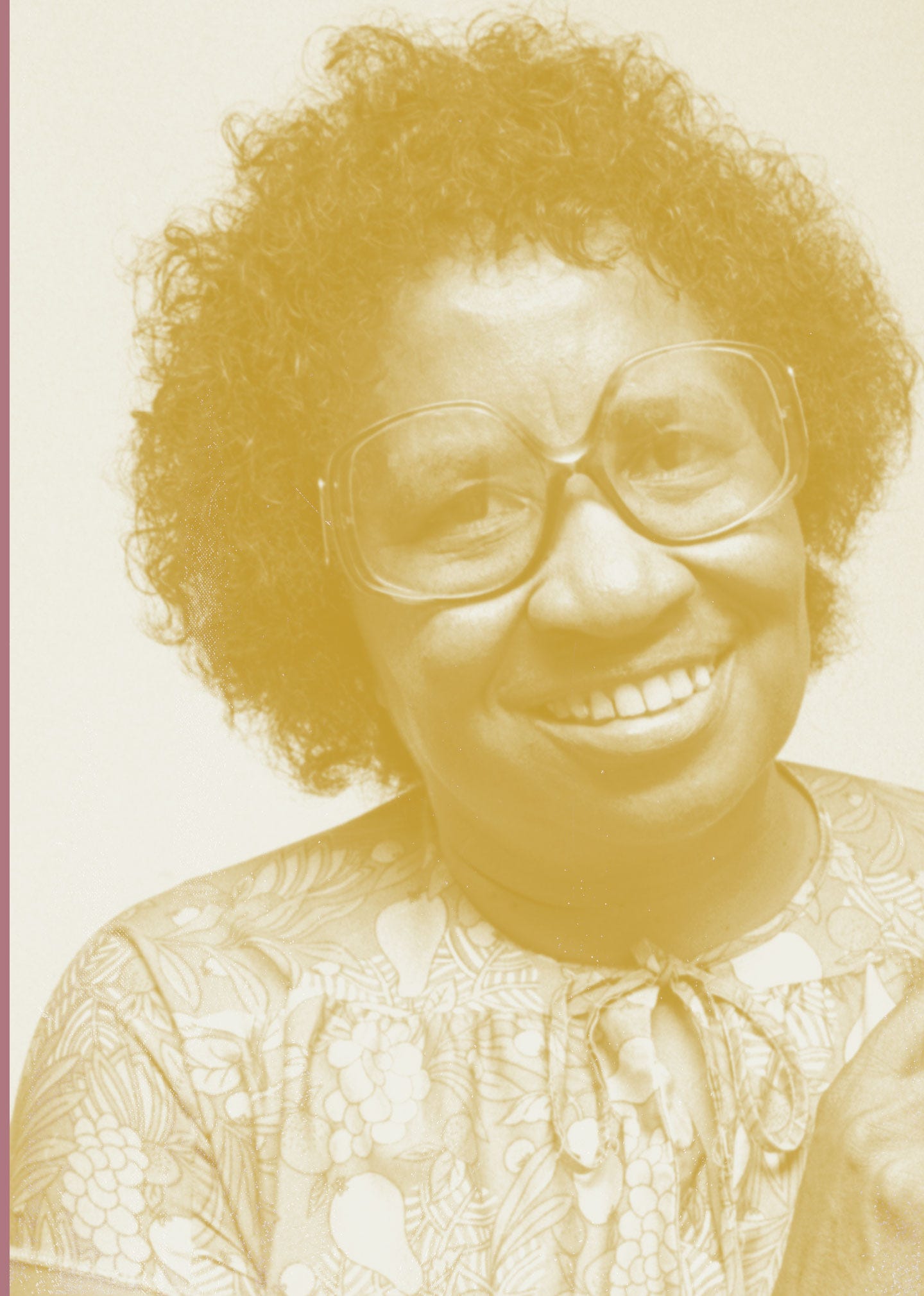
In August 1958, Clara Luper, a young Oklahoma City schoolteacher, led a group of 13 Black youths in a sit-in at a drugstore lunch counter in Oklahoma City to fight discrimination against minorities. She and the children endured insults in various forms, but some white customers also intervened, offering to buy meals for the young students. The drugstore’s management eventually yielded and desegregated its entire chain of 38 stores, including locations in Missouri, Kansas and Iowa.
Luper’s sit-in movement had successes in cities and towns throughout Oklahoma. She also led the fight to integrate Oklahoma City Public Schools and the first “Freedom March” to desegregate public accommodations in Tulsa. Luper became known as “the mother of the state’s Civil Rights movement” and served as director of the Oklahoma City NAACP’s Youth Council. Her sit-in method was adopted by groups in other states.
Wilma Mankiller
First female principal chief of the Cherokee Nation
(1945-2010)
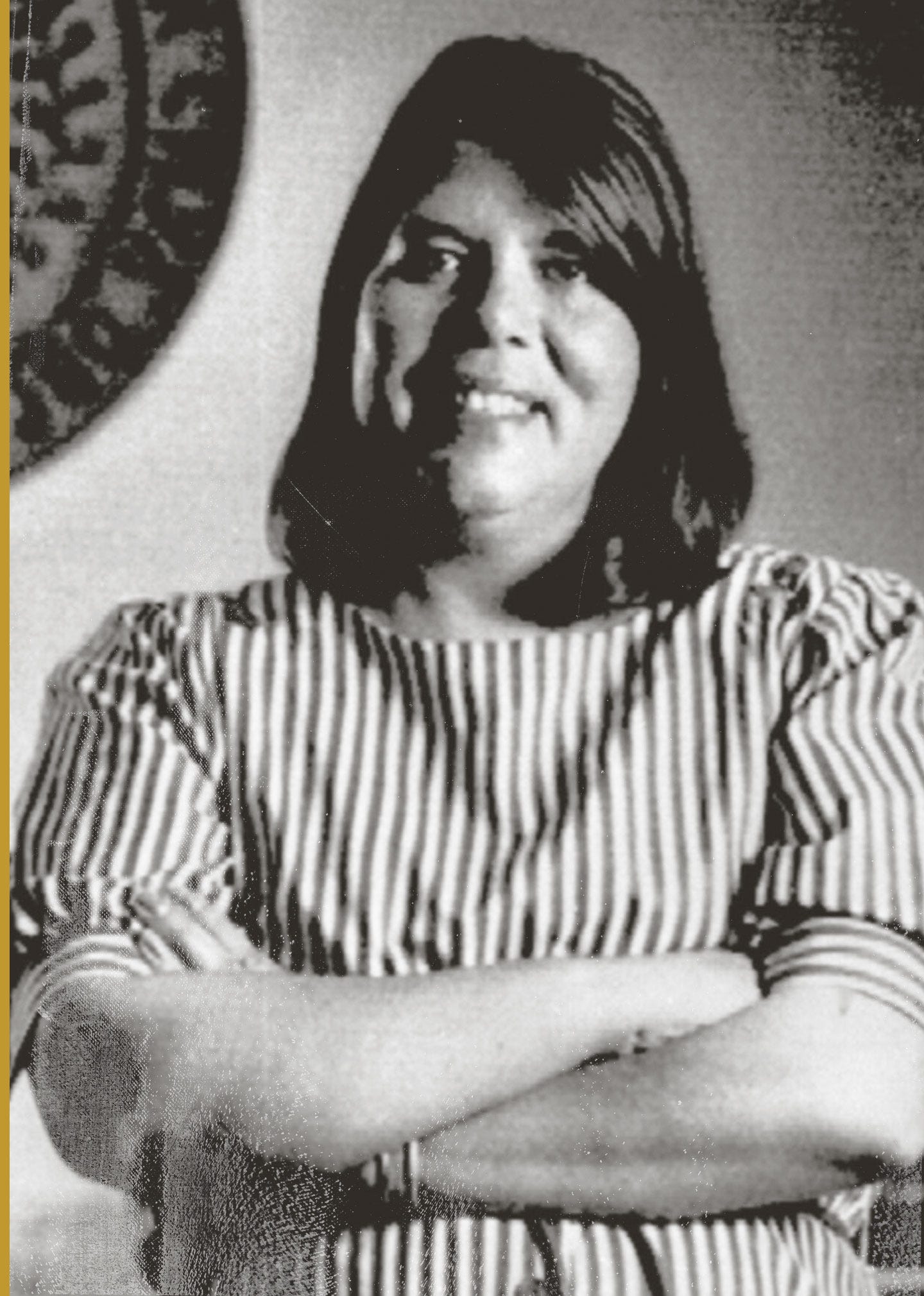
Born at an Indian hospital in northeastern Oklahoma, Wilma Mankiller was moved, at the age of 12, with her family to California as part of the Bureau of Indian Affairs Relocation Program. She returned to Oklahoma in the mid-1970s to her father’s land and began working for the Cherokee people through the Cherokee Nation.
Her future looked bleak after a car accident in 1978 shattered her legs, broke her ribs and crushed her face. Doctors told Mankiller, then a University of Arkansas graduate student, that she would never walk again. But she returned to work in 1981 after a full recovery and was named the first director of the Cherokee Nation Community Development Department and deputy chief of the Cherokees in 1983. It was the first time a woman had held the position within the tribe.
Mankiller became the first female principal chief of the Cherokee Nation in 1985 and was reelected twice. She received the Presidential Medal of Freedom in 1998 and is the author of “Every Day is a Good Day” (2004) and “Mankiller: A Chief and Her People” (1993).
Shannon Lucid
Scientist and retired astronaut
(1943- )
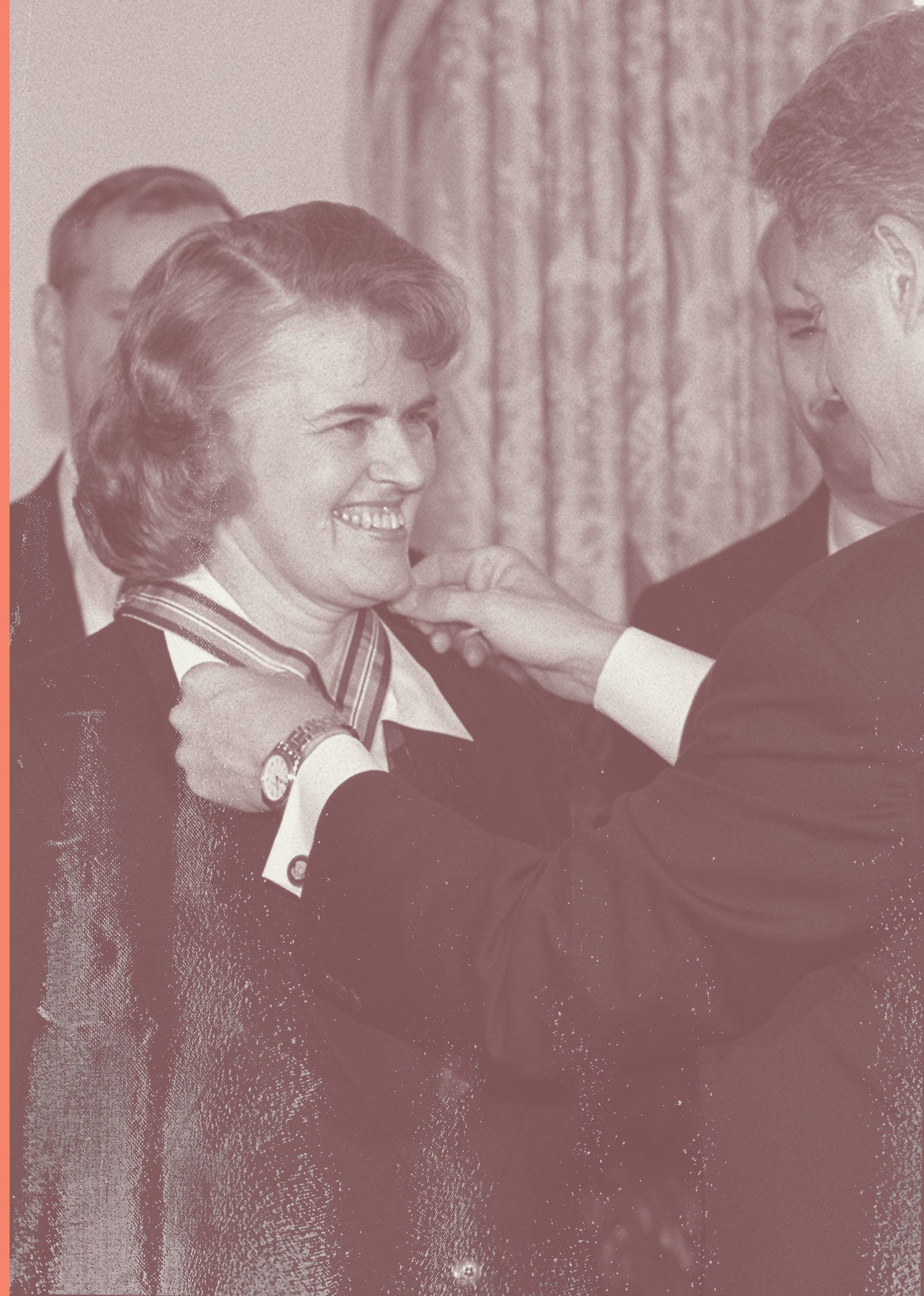
Shannon Lucid is a scientist and retired astronaut who was in the first class of female astronauts in 1978. She flew missions aboard the space shuttles Discovery, Atlantis and Columbia and lived on the Russian space station Mir for almost six months.
She was born in Shanghai, China, to missionary parents who moved to Bethany, Oklahoma, when Lucid was 6 years old. She graduated from the local high school, attended the University of Oklahoma, obtaining a bachelor’s degree in chemistry and a master’s and Ph.D. in biochemistry. She worked as a chemist before joining NASA’s astronaut corp in 1978.
In a 2009 interview, Lucid said few women entered science fields when she was a college student. When she graduated, one of her professors was astonished to learn that she wanted to find a job, as well, she said.
"It was very different in those years,” she said. "Things have changed dramatically.”
Edith Gaylord
Pioneering journalist and philanthropist
(1916-2001)
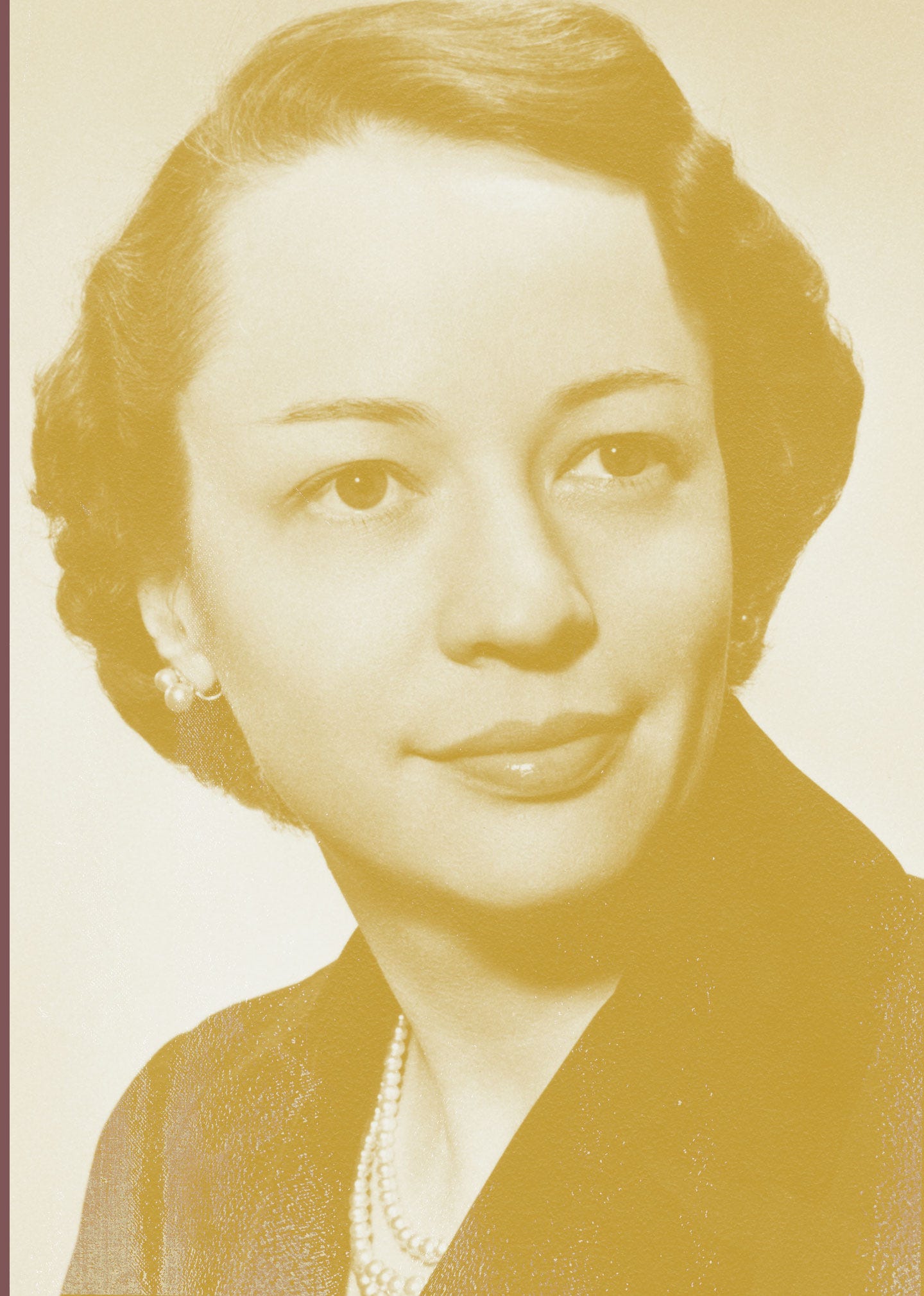
Edith Kinney Gaylord was a pioneering journalist and philanthropist who had a passion for the news business. She’s been quoted as saying: “I was born into the newspaper business. I will die a newsperson, no matter what I’m doing. That happens to be my deepest love and concern.”
She was hired by The Associated Press in New York and became the first woman on the general news staff. She became a confidant of Eleanor Roosevelt after her early coverage of the first lady in Washington, D.C. Women were not allowed to attend the president’s news conferences and were excluded from membership in the National Press Club until 1971.
When the Women’s Press Club was formed, Gaylord became its second president. She played a transformative role for women, not just in journalism but through anonymous philanthropic work. Today, many nonprofits are beneficiaries of her Inasmuch Foundation, which aims to lessen suffering and enrich lives. And her Ethics and Excellence in Journalism Foundation has given more than $230 million to advance principled, probing news and information.
The 5 Moons
Native American ballerinas
Yvonne Chouteau, Rosella Hightower, Moscelyne Larkin and sisters Maria Tallchief and Marjorie Tallchief
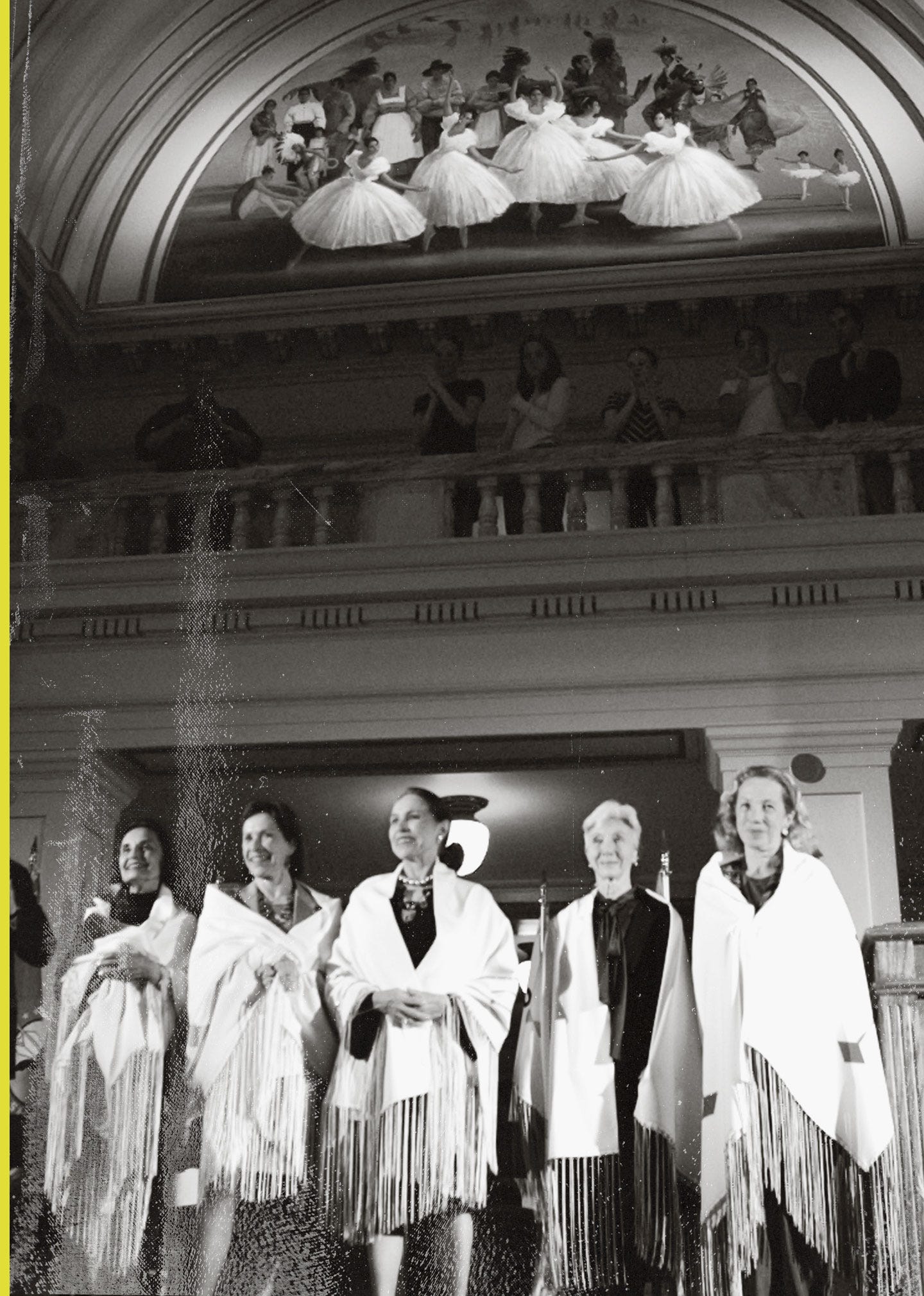
It’s impossible to talk about one of the Native American ballerinas from Oklahoma without mentioning them all. Representing various tribes, they became known over the years as “the five moons.” Yvonne Chouteau, of Shawnee-Cherokee heritage; Rosella Hightower, of Choctaw heritage; Moscelyne Larkin, half Shawnee-Peoria; and sisters Maria Tallchief and Marjorie Tallchief, of Osage heritage, all achieved international acclaim during the 20th century.
Devoting hours to rehearsals and performances, each was given the title as prima ballerina in their company, a title not given to all ballet dancers. After years of performing, each dancer established or expanded dance companies in cities, including Oklahoma City; Tulsa; Boca Raton, Florida; and Paris. Maria Tallchief (1925-2013) founded the Chicago City Ballet in the early 1980s after retiring as a dancer. Marjorie Tallchief (1926-present) accepted the position of director of dance for the Harid Conservatory in Boca Raton, Florida, until her retirement, where she lives.
After having their first child, Chouteau (1929-2016) and her husband, Miguel Terekhov, moved to Oklahoma. In 1960, Chouteau and Terekhov founded and designed the University of Oklahoma dance program. They also helped organize the Oklahoma City Civic Ballet, now called Oklahoma City Ballet. Hightower (1920-2008) died at her home in Paris.
Joy Harjo
First Native American U.S. Poet Laureate
(1951- )
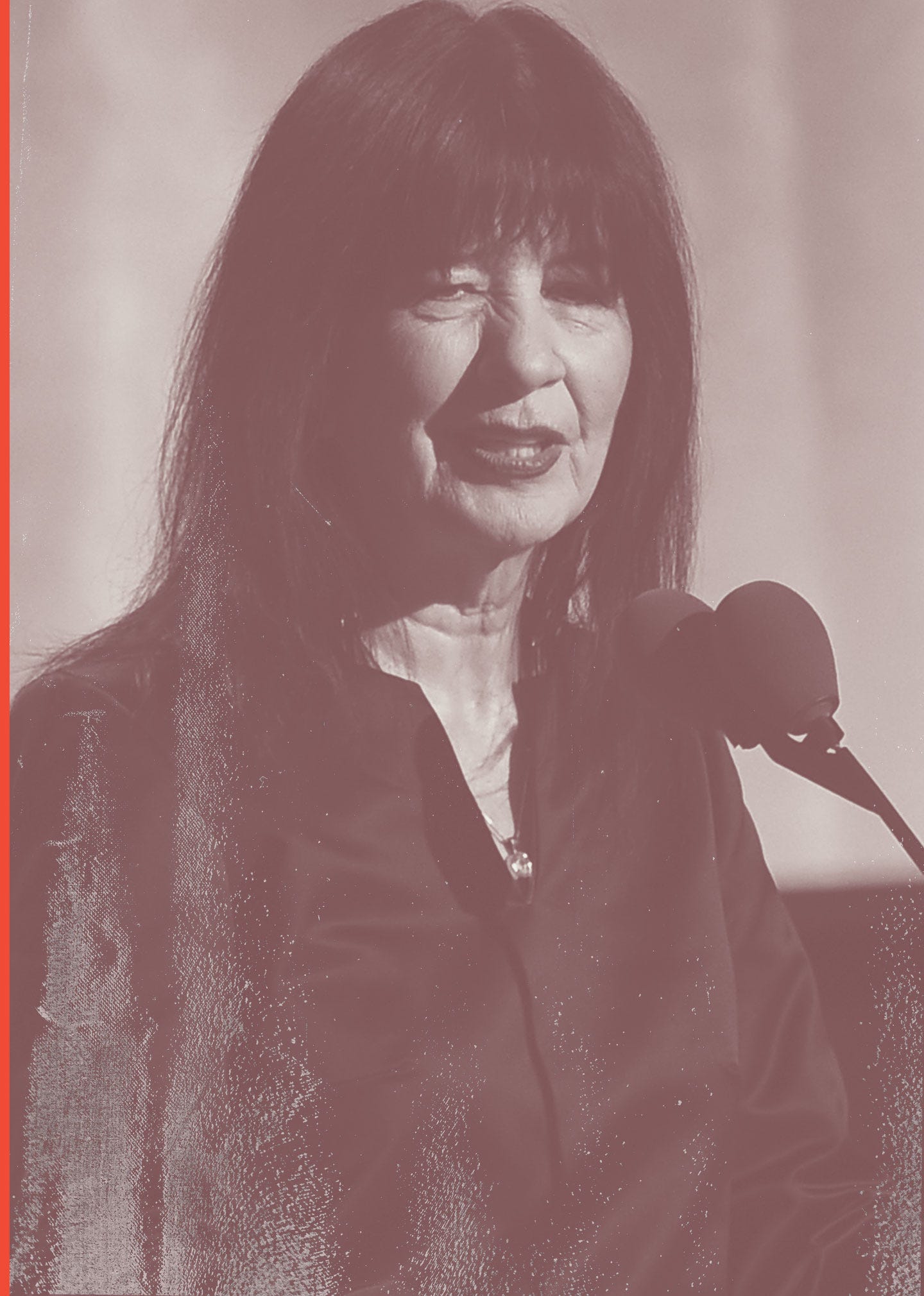
Joy Harjo is a poet, musician, author, activist and teacher. She is the current U.S. Poet Laureate (2019-2020), the first Native American to be appointed to the position. Born in Tulsa, Oklahoma, she is member of the Muscogee (Creek) Nation, and a highly influential figure in the second wave of the artistic Native American Renaissance.
She says the name Harjo means “so brave you’re crazy.” She studied at the Institute of American Indian Arts, earned her undergraduate degree at the University of New Mexico, and an MFA from the University of Iowa’s Creative Writing Program. Harjo is the recipient of many awards, including the 2009 Eagle Spirit Achievement Award and the Wallace Stevens Award in Poetry by the Academy of American Poets.
Her memoir, "Crazy Brave," won a 2013 American Book Award. As a saxophonist and vocalist, she has recorded five award-winning albums. And she also performs a one-woman show, the text of which was published as a book last year.
Ada Lois Sipuel Fisher
Activist, lawyer and educator
(1924-1995)
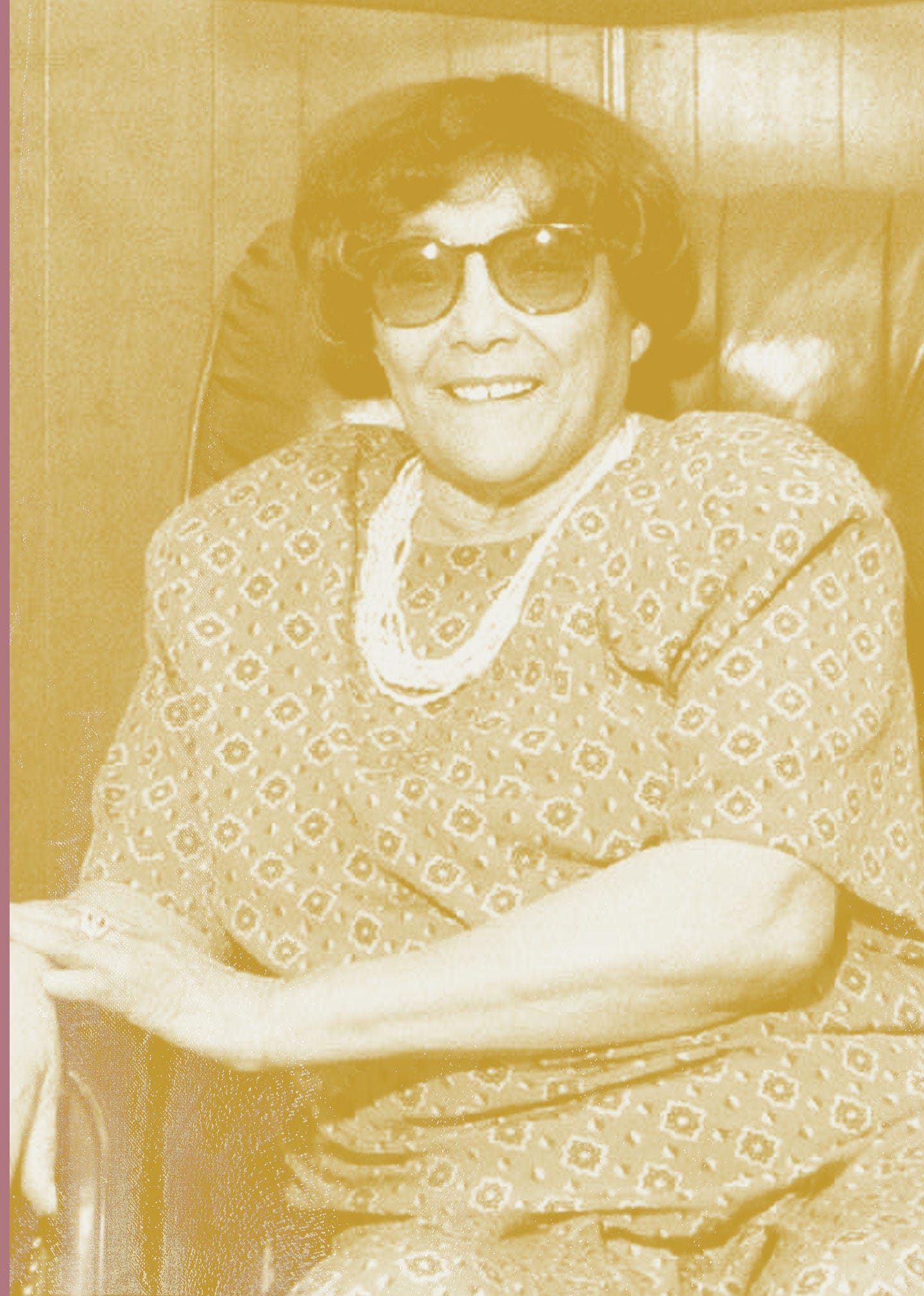
In 1946, Ada Lois Sipuel Fisher wanted to go to law school. The only problem was that she was Black and was denied admission to the University of Oklahoma based solely on her race.
Fisher didn't stand down. She fought for her right to an education and became a key figure in the Civil Rights movement. She filed a lawsuit, represented by the NAACP and its top attorney, Thurgood Marshall, that went to the Supreme Court.
The court ruled in her favor in 1948, ordering the state to immediately provide equal facilities for Fisher. That case would be a precursor to the Supreme Court's landmark 1954 decision in Brown v. Board of Education, which held that racial segregation of children in public schools was unconstitutional.
But the high court’s ruling didn’t end her fight. Oklahoma’s Legislature decided to set up a separate “school” for Fisher, Langston University School of Law, which she rejected. Fisher and her lawyers went back to court, but she was allowed to enroll at the University of Oklahoma after the state learned she planned to appeal again to the U.S. Supreme Court.
Despite that success, Fisher continued to endure deeply rooted and demeaning bigotry and was forced to sit in a chair with a rope around it and a sign above it that read "Colored." Fisher earned her law degree and eventually served on the board of regents at the university that once shut her out.
Shannon Miller
Olympic gymnast
(1977- )
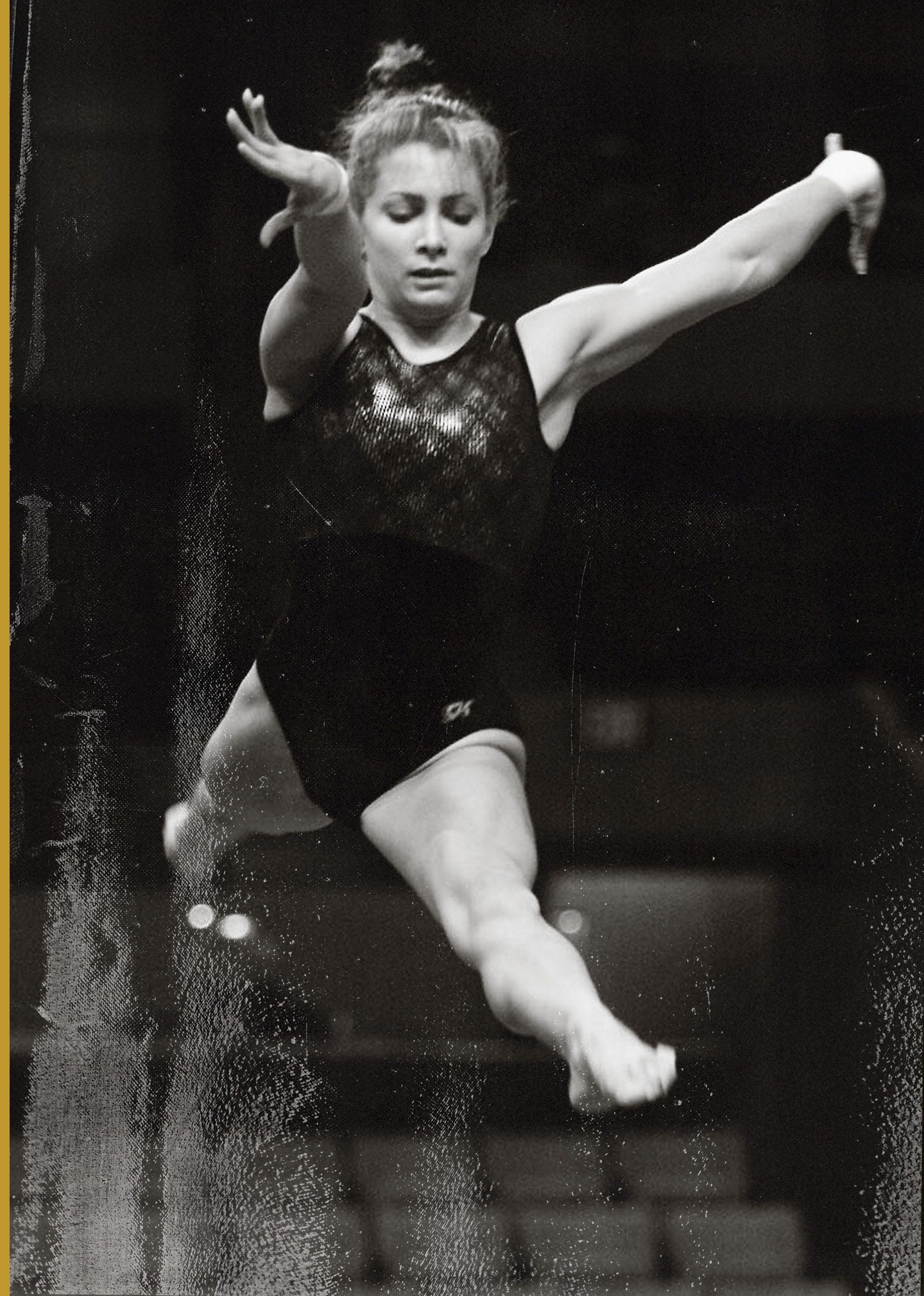
Shannon Miller achieved international triumph and became one of the most decorated gymnast in U.S. history. She is a seven-time Olympic medal winner who earned five medals at the 1992 Olympics and two more in 1996.
She is a mother, cancer survivor and businesswoman who advocates for women’s health and fitness. She wrote about her victories at the Olympics and over ovarian cancer in her 2015 autobiography, “It's Not About Perfect: Competing for My Country and Fighting for My Life.”
Reba McEntire
Platinum-selling country music star
(1955- )

Reba McEntire is a platinum-selling country music star and actress from Chockie, Oklahoma, who has won 16 Academy of Country Music Awards. She has 11 movie credits to her name, a lead role on Broadway in Irving Berlin’s “Annie Get Your Gun” and a starring role in the six-season television sitcom “Reba.”
In 2018, the Nashville Songwriters Hall of Fame presented McEntire with its inaugural Career Maker Award, for her significant influence on the songwriting careers of Nashville songwriters. Her 2019 album “Stronger Than the Truth” earned a Grammy Award nomination.
Susan Eloise Hinton
Author known for young-adult novels
(1948- )
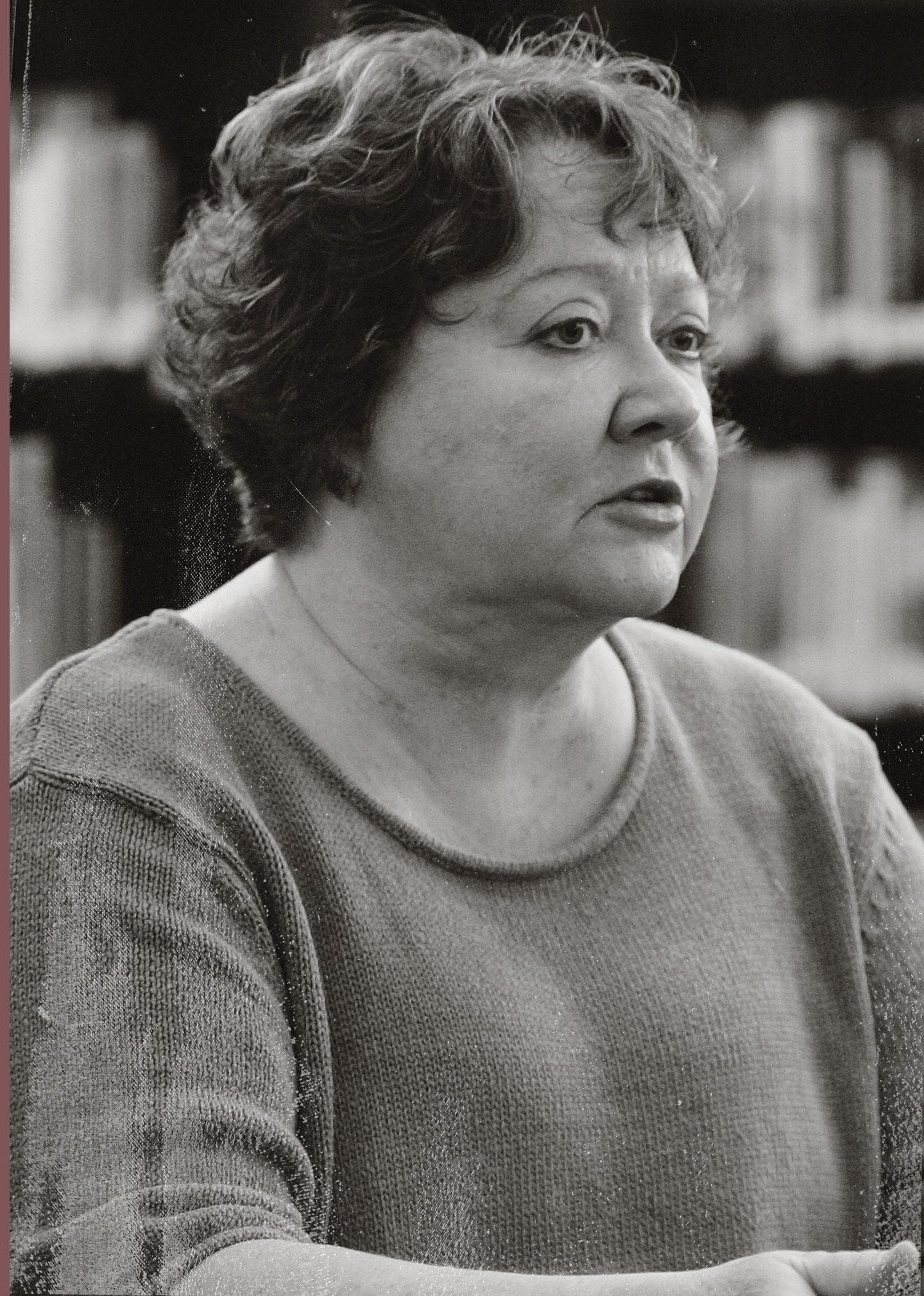
Susan Eloise Hinton of Tulsa, Oklahoma, is considered by many in the literary world as the dean of literature for young adults. Her well-known best-selling first novel, “The Outsiders,” was published in 1967 while she was still a junior in high school.
Hinton loved to read and apparently the local library had run out of stories she liked, so she decided to write her own novel.
Her realistic depiction of kids coming of age, touching on topics that included teen pregnancy, suicide and underage drinking, made the novel an all-time American favorite. “The Outsiders” and Hinton’s other novels, “Rumble Fish,” “Tex” and “That Was Then, This Is Now” all were adapted for film.
In addition to her work in the young-adult genre, Hinton also has written two children's books.
Sources used in the Women of the Century list project include newspaper articles, state archives, historical websites, encyclopedias and other resources.